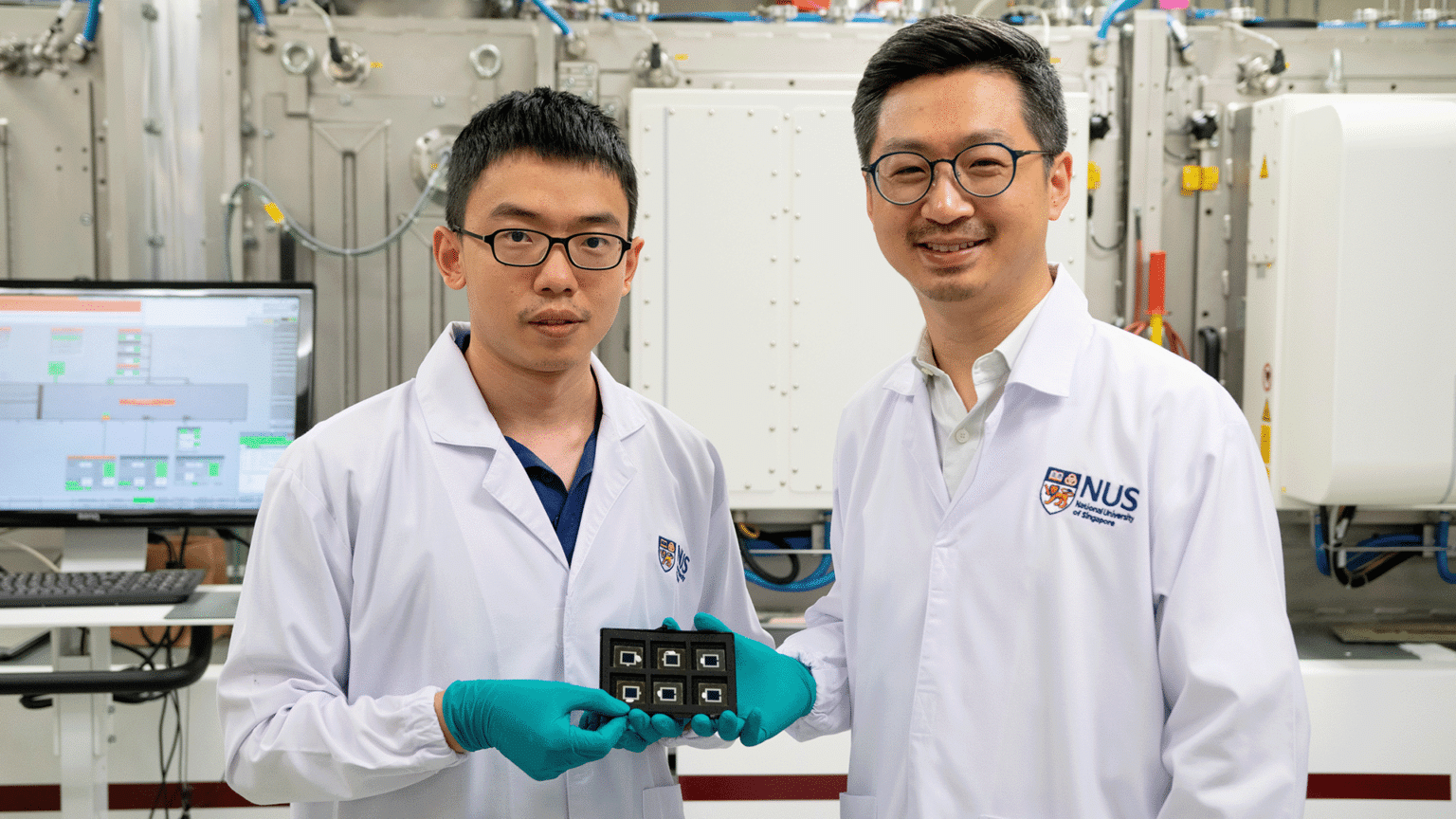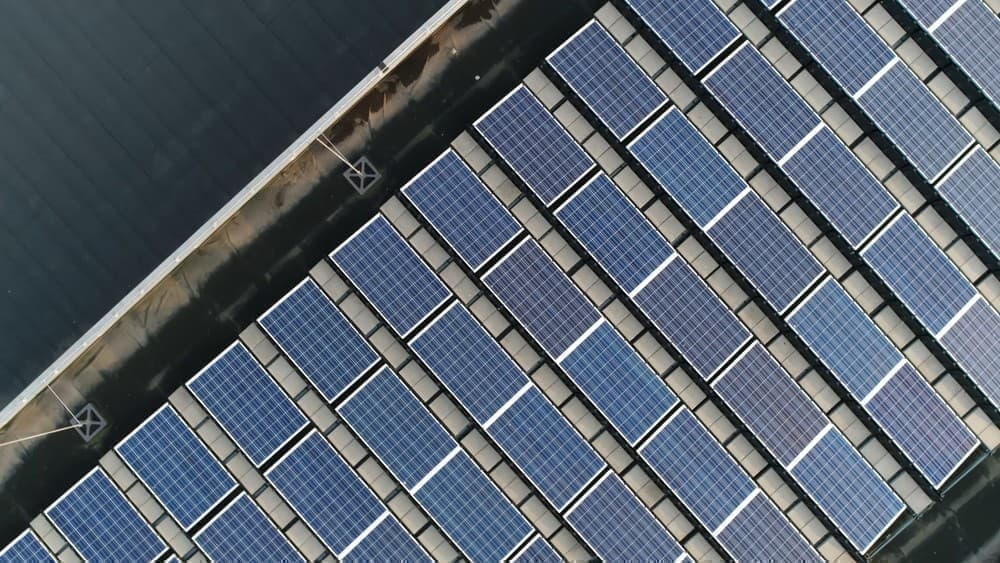Scientists from the National University of Singapore have unveiled a groundbreaking achievement in solar cell technology with the development of a novel triple-junction perovskite/Si tandem solar cell. This innovative cell boasts a certified world-record power conversion efficiency of 27.1 percent across a solar energy absorption area of 1 square centimeter, marking a significant milestone in the field.
The key to this remarkable advancement lies in the engineering of a new cyanate-integrated perovskite solar cell, meticulously crafted for stability and energy efficiency. Published in the prestigious journal Nature, the report details the experimental process that led to this notable breakthrough.

Traditional solar cells typically consist of multiple layers, assembled to form multi-junction solar cells aimed at enhancing efficiency. Each layer is composed of different photovoltaic materials, enabling the absorption of solar energy across various wavelengths. However, existing multi-junction solar cell technologies encounter challenges such as energy loss and device instability during operation, resulting in low voltage output.
To address these obstacles, Assistant Professor Hou Yi, along with a team of scientists from the NUS College of Design and Engineering (CDE) and the Solar Energy Research Institute of Singapore (SERIS), embarked on a mission to revolutionize solar cell design. Their pioneering approach involved integrating cyanate into a perovskite solar cell, paving the way for the development of a cutting-edge triple-junction perovskite/Si tandem solar cell.
Assistant Professor Hou Yi, a Presidential Young Professor at the Department of Chemical and Biomolecular Engineering within CDE and also a Group Leader at SERIS, spearheaded this groundbreaking research endeavor. The successful integration of cyanate into the perovskite solar cell has resulted in a remarkable leap in performance, surpassing that of comparable multi-junction solar cells.
Enhancing Solar Cell Efficiency
The intricate interplay between the components of the perovskite structure dictates its energy range. By adjusting the proportions of these components or identifying suitable substitutes, researchers can fine-tune the perovskite’s energy characteristics. However, previous efforts have yet to yield a perovskite formulation with both an ultrawide energy range and high efficiency.
In a recently published study, the NUS team focused on cyanate, a novel pseudohalide, as a potential substitute for bromide, a commonly used ion from the halide group in perovskites. Dr. Liu Shunchang, a Research Fellow in Assistant Professor Hou’s team, employed various analytical techniques to confirm the successful integration of cyanate into the perovskite structure, ultimately fabricating a cyanate-integrated perovskite solar cell.

Detailed analysis of the atomic structure of the new perovskite provided experimental evidence of the stabilizing effect of cyanate, elucidating key interactions within the perovskite matrix. This groundbreaking discovery highlights cyanate as a viable substitute for halides in perovskite-based solar cells.
When evaluating performance, the NUS scientists observed that perovskite solar cells incorporating cyanate exhibited a higher voltage of 1.422 volts compared to 1.357 volts for conventional counterparts, resulting in a significant reduction in energy loss.
Furthermore, the researchers subjected the newly engineered perovskite solar cell to rigorous testing, operating it continuously at maximum power for 300 hours under controlled conditions. Remarkably, the solar cell remained stable and retained over 96 percent of its capacity after the test period.
Buoyed by these promising results, the NUS team advanced their research by integrating the cyanate-integrated perovskite solar cells into a triple-junction perovskite/Si tandem solar cell. By stacking a perovskite solar cell and a silicon solar cell to form a dual-junction half-cell, they created an ideal platform for incorporating the cyanate-integrated perovskite solar cell.
Upon assembly, the researchers demonstrated the stability and exceptional efficiency of the triple-junction perovskite/Si tandem solar cell, achieving a certified world-record efficiency of 27.1 percent from an accredited independent photovoltaic calibration laboratory.
Assistant Professor Hou remarked, “Collectively, these advancements offer groundbreaking insights into mitigating energy loss in perovskite solar cells and pave the way for further development of perovskite-based triple-junction solar technology.”
Future Improvements
The potential theoretical efficiency of triple-junction perovskite/Si tandem solar cells surpasses 50 percent, showcasing significant promise for future improvements, particularly in scenarios with limited installation space.
Moving forward, the NUS team endeavors to scale up this technology to larger modules while maintaining efficiency and stability. Future research will concentrate on innovations at perovskite interfaces and compositions, identified by the team as crucial areas for further advancements in this technology.
This marks a new phase in solar cell advancement. Over the years, individual parts have shown significant success, especially perovskite on its own. The increased voltage is a positive development.

However, we still need to address the question of the cost per watt output for installation. Perovskite has made progress in this area, but combining it with silicon is still uncertain. There’s also the issue of vulnerability. The recent storm that damaged a solar array and caused a leak of toxic chemicals needs thorough assessment and reporting. Both steps are facing credibility challenges.
Despite the efforts to make solar a consistent grid provider, it remains intermittent. However, achieving over halfway to the theoretical potential in the initial design is a promising sign.

This groundbreaking achievement not only showcases the ingenuity of the research team but also holds immense promise for the future of solar energy technology. With its unprecedented efficiency and stability, the triple-junction perovskite/Si tandem solar cell represents a significant step forward in the quest for sustainable and renewable energy sources.























Its excellent & very happy news people’s will get in low cost, high solar
power. clean energey wil help to control pollution in world. Congregations to all scients on this big achievement. Stay
blessed❤️❤️❤️❤️❤️❤️❤️ from Pakistan